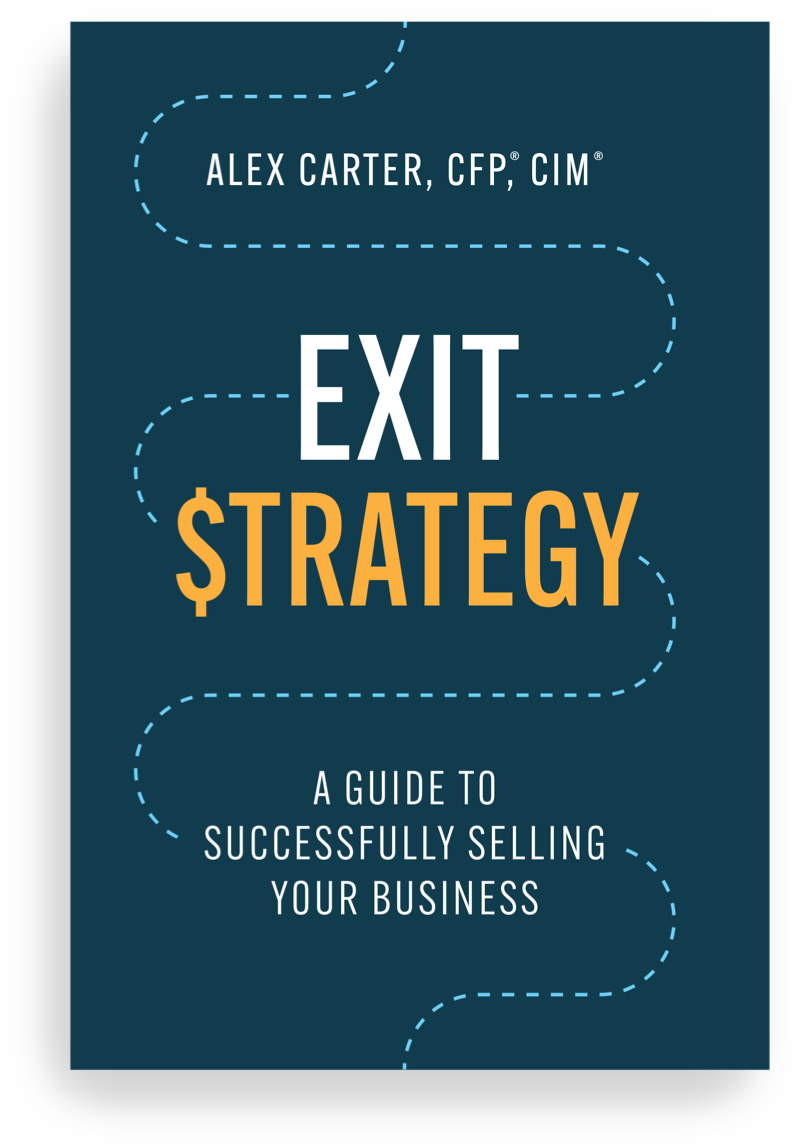Active Investing, Passive Investing, or Both?
It’s a big debate in the world of finance: Should you be a Passive or Active investor? There are good arguments on both sides, but like many things in life, perhaps the answer is a bit more complicated than just choosing one or the other.
That is to say, you can be both, and maybe get the best of both worlds as a result.
Decades ago, there were only “Active” investors. In other words, people either purchased stocks or bonds, or they outsourced this responsibility to a professional money manager by buying mutual funds. In simple terms, to be an active investor is to attempt to choose the best equities or the best fixed-income products. It means taking a hands-on approach (either by the investor or the fund manager), buying and selling as market conditions change and new opportunities arise. Active investors, almost by definition, seek to outperform the market.
Active investing may have dominated historically, but the times they are a changing. As exchange traded funds (ETFs) and index funds have flourished, a real challenge has emerged for active strategies in the form of passive investing.
As the name suggests, passive investing amounts to owning part of the market (or indeed the whole market), and riding its ups and downs without trying to pick the best securities of the bunch. Moreover, it’s also an approach to investing that tends to shun market timing or tactical decision-making.
Looking at the Pros and Cons
There are advantages and disadvantages to both passive and active investing. With passive investing, you can get broad exposure to an index at a fairly low fee. On the flip side, it’s basically impossible to outperform as a result. Active strategies, on the other hand, do offer the potential to beat the market, but the cost (no pun intended) is higher fees.
The Best of Both Worlds
Our approach is to combine what we believe to be the best of the active and passive worlds. Rather than pick a side, we think both investing strategies can co-exist. At the core of our portfolios, we use active strategies managed by portfolio managers with solid historical track records and guided by successful management teams.
We then complement this active component with passive investing vehicles in the following ways:
- Our portfolio managers can buy a sector or country ETF if they want quick exposure to a particular opportunity. Later, at their discretion, they can sell the ETF in favour of specific securities within a given industry or sector.
- We also use ETFs inside both our Global Equity and Enhanced Income pools. ETFs are employed due to their deep liquidity relative to individual stocks (they can be sold at or close to the market price very quickly). Because of their inclusion, our investment oversight committee can quickly adjust to news or events without forcing our portfolio managers to sell individual securities.
Going with a Middle of the Road Strategy
Maybe you usually prefer to live in the city, but get away to a cottage from time to time. Or perhaps you’re a music fan who typically listens to pop yet occasionally puts on some classical, hip hop, or country.
Investing is a totally different animal, of course, but one thing it has in common with other decisions in life is that it doesn’t need to be an either/or proposition. You don’t have to choose between being a passive or active investor: You can try to get the benefits that each provides. Our belief is that this kind of middle of the road approach is the best way to manage your money.



